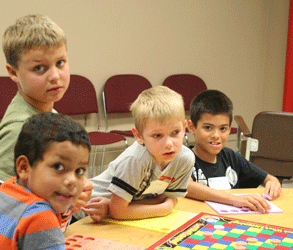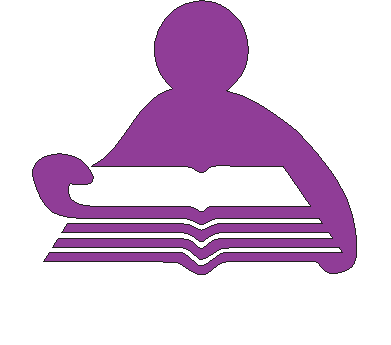How is Dyslexia Diagnosed?
There is no single test for dyslexia. Dyslexia is identified by gathering information about all the factors that influence reading development and measuring reading ability. Family, medical, social-emotional and school data include questionnaires, health records, behavior ratings, grades, and academic testing. Adequate general intellectual functioning, oral language, vision, and hearing are determined using prior results or direct assessment. The dyslexia evaluation includes tests of the root cause (phonological processing) and reading subskills (accuracy, speed, comprehension, spelling). A clinician, or assessment team, makes the diagnosis after studying all the relevant information.
Intervention for dyslexia directly, explicitly, and systematically teaches an awareness of the sounds of language, letter-sound associations, vocabulary and strategies for understanding written language. Guided, repeated practice enables the child to apply what they have learned efficiently. Intensity (e.g., smaller group size, extended length of sessions and treatment, more individualized lessons) is what distinguishes dyslexia intervention from regular reading instruction. Take Flight: A Comprehensive Intervention for Students with Dyslexia is the most recent treatment developed by the Luke Waites Center for Dyslexia & Learning Disorders.
Scottish Rite Learning Center of South Texas Role
The Scottish Rite Learning Center of South Texas provides scientifically research based, meaning based, multisensory approach to teaching reading, reading comprehension, handwriting, and spelling to students with dyslexia without charge to the families. The Center is a charitable endeavor of the San Antonio and South Texas Scottish Rite of Freemasonry that serves as a dyslexia therapist training and practitioner institute, a source of educational evaluations, and a resource for parental consultation and education.

